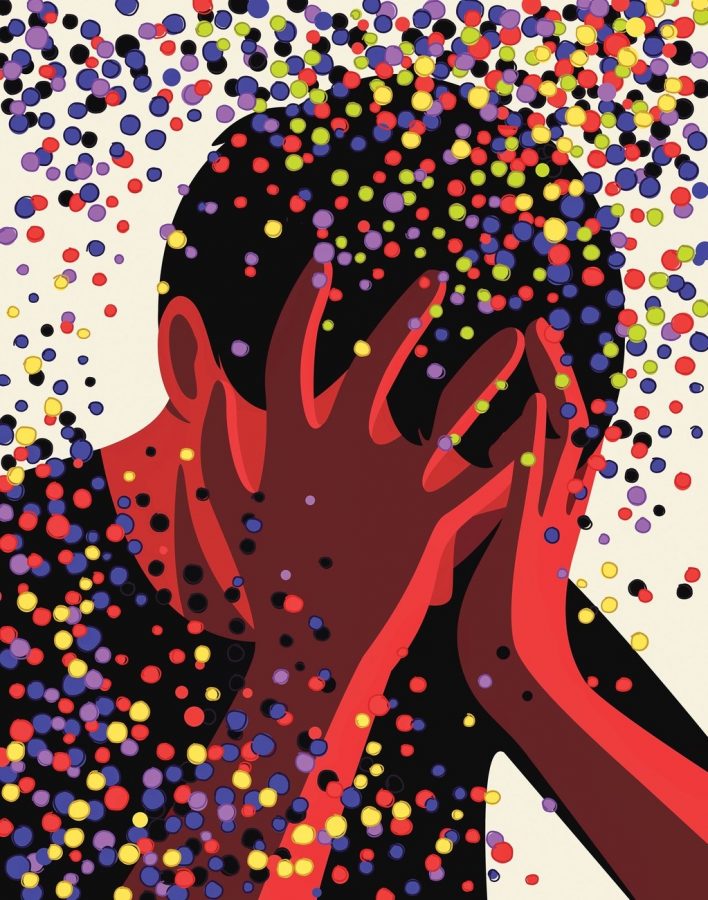Stigmagration : The Mental Illness Stigma of India
There is a huge stigma around mental illness in India. This stigma has traveled to the United States with Indian-American immigrants. How do we stop it?
How do different cultures deal with mental health illness? How can this be remedied?
Crazy. Mad. Stupid. These words could describe an array of things. Yet, something one would never think this would describe are people with mental illnesses.
Depression. Anxiety. Schizophrenia. To one person, these words should be treated on par with physical illnesses. To a person living in a rural town in India, these are situations that can be solved through sleep and prayer.
Doubt. Avoidance. Stigma. This unrealistic view of mental illness is spreading to the United States in the form of immigrants. There are Indian-Americans who continue to ignore serious problems because their parents claim they can just will them away. Despite this, some Indian-American teens still educate themselves on mental illness and understand how serious of a problem it is. However, can this problem be fixed at the root?
To find this answer, one must start at the beginning. In India, 7.5% of the population suffers from a mental illness, and this number is expected to rise as the years go by. By 2020, 20% of Indians are expected to have a mental illness, with only 4,000 medical professionals on the entire sub-continent.
Looking at the facts, it does not seem like Indians are being educated on the topic of mental disorders. This leads to a huge stigma forming around the topic. Indian do not view mental illness as an illness, rather they see it as something that is under one’s control.
They assume that sleep and prayer are enough to cure depression or an anxiety attack can be prevented by snapping one back into reality. However with more severe illnesses such as schizophrenia, assumptions are made quickly.
Schizophrenics are seen as insane and barbaric; they are meant to be kept separately from society. This is a sad story seen too many times, especially for those below the poverty line. Schizophrenics who live in the streets and do not have the money to pay for care are disvalued. Even in families that can afford care, the disease is misinterpreted as being deranged or demented.
This stigma is eventually carried to the United States with immigrant parents. Indian tiger-moms or dads try to push their children past the limit to succeed, and this leads to anxiety and burn-out. Because of the lack of information, parents assume that a short nap or a glass of water can solve this. They equivalate mental health to a state of mind.
Students at NAI see this stigma in their parents, and it makes them less willing to talk to their parents about their mental health. An anonymous freshman said, “My mom thinks everything is in the mind. If you can will yourself to not be depressed, then you aren’t.”
She also talked about her inability to discuss her stress with her parents. She said the last time she told her mom she was stressed, her mom asked her to “suck it up”. This can cause Indian-Americans to avoid telling their parents about important mental problems.
To solve this problem, one must look at it from the roots. Anonymous continued, “Once I become a doctor and medically prove to [my parents] that mental illnesses are a thing, they may believe me.” It seems like education is the best way to reach the approval Indian-American parents.
Facts. Logic. Proof. Maybe that’s the way to solve this.

Maya Sivakumar is a sophomore at NAI. It is her second year on the NAEye staff. She is very excited to be a co-editor in chief and contribute more ideas...



Helen • Dec 13, 2019 at 8:03 am
That’s fax